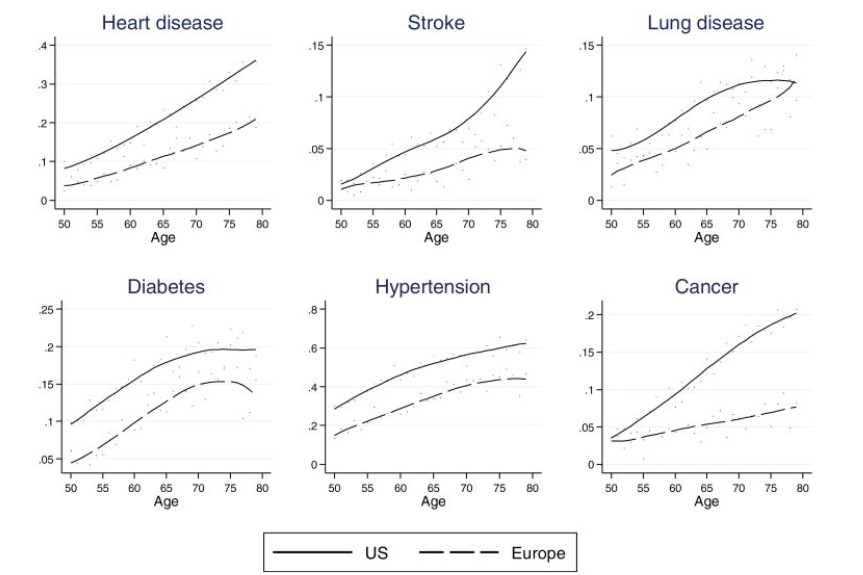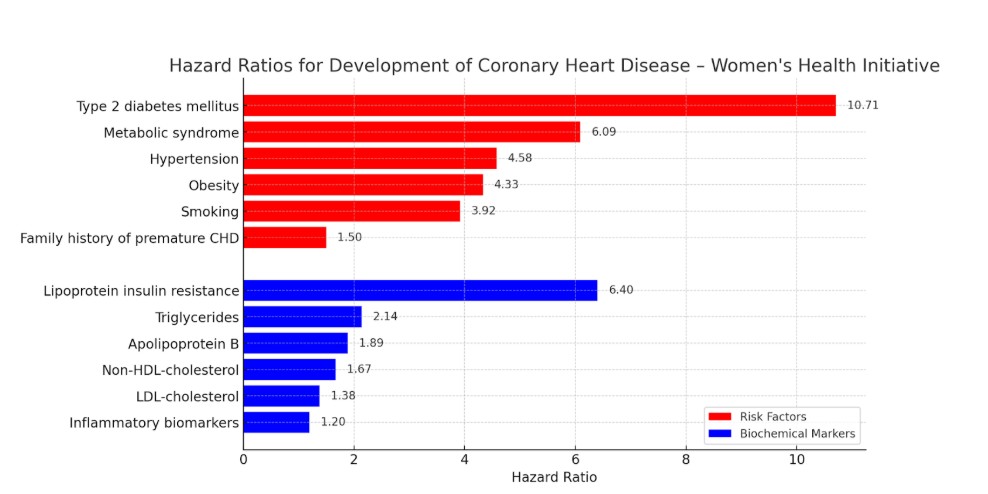
Cardiovascular Disease
Heart disease problem:
Heart disease has been the number one cause of death in the United States since 1921, and remains so with over 700,000 people dying of heart disease every year at a cost of over $252 billion. This is even though the causes of heart disease have been well-studied for decades. Age, family history, and tobacco use are accepted as leading causes, along with elevated cholesterol and blood pressure, which are often used as primary treatment targets.
However, despite promoting treatment for the accepted risk factors, the statistics in the US are staggering with roughly 48% of American adults having some version of cardiovascular disease, with more than half of all US males and 43% of US females having hypertension, and more than 71% of US adults with overweight or obesity, and fewer than 25% of US adults meeting national recommendations for physical activity. And unfortunately, these statistics are predicted to continue to rise.
Given these sobering statistics, it helps to see how the U.S. compares to other industrialized countries. As this graph demonstrates, the death rate from vascular disease is much higher in the United States than in other high-life expectancy countries. In addition, after years of steady decline, death rates in the United States plateaued and then started increasing, while the other countries continued to improve.

Late in the 2010s to 2020s, the death rate from heart disease in the US began increasing, despite a continued downward trend in much of the industrialized world.
There isn’t clear evidence as to why the US has higher death rates or why the trend is no longer decreasing. But smoking cessation, cholesterol management, and advances in revascularization have likely had their maximal effect, suggesting one major difference could be the US obesity and metabolic dysfunction epidemic. And it isn’t limited to heart disease, as multiple vascular and metabolic diseases show a similar pattern with significantly higher rates in the United States compared to Europe.

Total and LDL cholesterol remain a major focus on the cause of heart disease, and statistics demonstrate a steady decline in cholesterol levels. Despite this, heart disease rates continue to increase. That sobering statistic could suggest we need to focus more on metabolic disease as a leading cause of heart disease. And the data agree. Major recent studies suggest metabolic dysfunction has a greater contribution to heart disease than cholesterol or even tobacco use. The graph from the Women’s Health Initiative 21-year follow-up study clearly shows diabetes, insulin resistance, and high blood pressure have the greatest impact on the risk of developing heart disease.

Another study from the Global Cardiovascular Risk Consortium confirmed that diabetes, smoking, and high blood pressure had the greatest impact on heart disease and the risk of dying. Since diabetes, insulin resistance, and high blood pressure are all manifestations of metabolic dysfunction or metabolic disease, it appears the top priority for preventing and treating heart disease should be addressing our metabolic health epidemic.
However, the current approaches to diabetes, hypertension, and insulin resistance have not had the beneficial impact needed to reverse the trend of increased prevalence of and mortality from heart disease. At least 30% of the US population has metabolic syndrome, and this is a late diagnosis of metabolic dysfunction. Other data suggest only 12% of Americans have optimal metabolic health (meaning 88% do not have optimal metabolic health!) a statistic that continues to worsen over time, with the prevalence of diabetes increasing by 40% from 1999 to 2021.
We have to ask ourselves, if we “know” the causes of heart disease and have targeted them for decades, why is the incidence of heart disease increasing, and why are 2 main risk factors, like hypertension and diabetes, also increasing? It’s likely because we aren’t focusing on the main risk factor, metabolic health, and standard treatment for metabolic health isn’t optimally effective.
If we were able to focus on low-carb and metabolic therapies, we could expect to see a dramatic decrease in insulin resistance, high blood pressure, type 2 diabetes, and subsequently, a reduction in heart disease.
Dr. Bret Scher, a board-certified cardiologist and lipidologist, brings new focus to heart and mental health care as Medical Director of Metabolic Mind, championing ketogenic therapies for metabolic and psychiatric conditions with a science-driven approach.
Article Reference: Cardiovascular Disease – References





